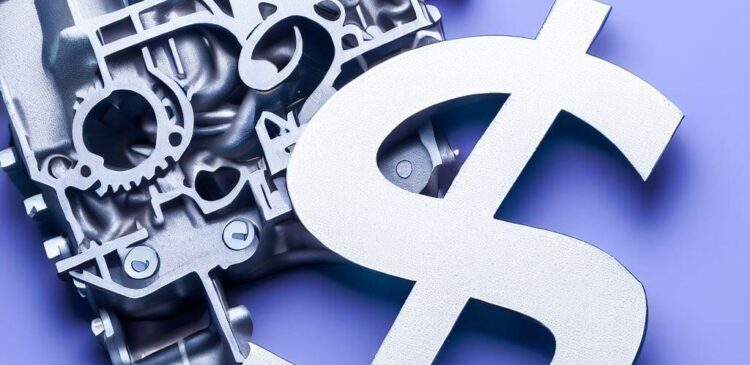How integrated closed looped Jet Cooling can save you tons of water & bring control over the process?

Jet cooling uses two main ingredients to cool core pins & thin sections, high pressure water & air. Both are expensive resources. With increasing applications of jet cooling seen in the die casting shop floor, water & air used is taking significant proportions.
Water and air can have both positive & negative impact if their quality goes unmonitored & regulated.
Let’s talk about Water first
Water has very good properties for thermal transfer and acts faster than air to cool core pins. Water has higher thermal conductivity than air and so absorbs far more heat than air.
pH is a measure of how acidic/basic water is. The range goes from 0 – 14, with 7 being neutral. pHs of less than 7 indicate acidity, whereas a pH of greater than 7 indicates a base. pH is really a measure of the relative amount of free hydrogen and hydroxyl ions in the water.
The circulating water is aerated each time it passes over the cooling tower. This reduces the carbon dioxide concentration in the water to the equilibrium value for the atmospheric conditions, causing the pH to rise. The rapid increase in pH across the tower can lead to calcium carbonate scaling
A pH between 6.5 and 7.5 is considered the ideal range for reducing scale formation
Most die casters who have jet cooling installed have water coming from the cooling tower. There are 3 major challenges:
- Cooling tower is a source of water for lots of applications and usage in a die casting foundry. And so maintaining water quality, which is needed for jet cooling, would be very expensive.
- Water temperature from the cooling tower varies as per ambient temperature. So it would be lower during winters and higher during summers.
- Water from the cooling tower reaches the jet cooling after a long travel accumulating rusted particulates & impurities in the piping
Impact of poor water quality:
There are multi fold impact due to water coming from cooling tower:
- Poor water quality from the cooling tower gives rise to scaling in the jet coolers and thin channels impacting cooling performance.
- Inconsistent water temperature would ensure different heat transfers and thus inconsistent results in the castings.
- Water quality deteriorates and particulates would choke the lines in the jet cooling circuits.
Most die casters post jet cooling either drain the water or send back hot water to the cooling tower.
In case of drainage, precious water is lost creating environmental effects and also huge cost to the die caster. In an audit done in a die casting company with having 10 jet cooling machines installed on Die casting machines less than 1250 tons, the water that was getting drained from jet cooling was an unbelievable 5 million litres per annum. Imagine the cost of treated water and losses to the company.
So 3 things that really matter for water quality are:
- Temperature
- Hardness (TDS levels)
- pH
Closed looping is highly recommended for jet cooling.
Some major jet cooling system manufacturers are supplying equipment that recirculates water coming out of the die casting to the tank in the Jet cooling machine. This results in higher temperature of water in the tank. Higher temperature water getting recirculated leads to inconsistent cooling.
Solution:
A chiller needs to be attached in the closed looping circuit. A Chiller ensures consistent water temperature in the range irrespective of the ambient temperature. A chiller truly makes it a closed looped jet cooling system. And since it becomes closed looped, the cost of the chiller is recovered very fast. In some practical studies, it was found that the ROI came out in less than 6 months.
Benefits of having a chiller integrated closed loop Jet cooling system
There are immense benefits using a chiller integrated closed loop jet cooling system. Some of them are:
- Consistent casting quality round the year
- Tight control over jet cooling process & traceability
- Huge savings
- Reduction in environmental impact
- Reduction in cost of consumables & breakdown
Recent developments
Die casters who wish to cast critical components and have tighter control over the jet cooling process prefer integrated closed loop jet cooling.
The recent development in the jet cooling technology has been integrating the chiller with the jet cooling machine so that it saves floor space in the shop floor and minimised connections.
Casters who wish to convert their existing jet cooling system to make it an integrated closed loop system have now options to make this happen without having to change the main jet cooling machine.
RAGA has been one of the pioneers in jet cooling technology with over 13 years of experience serving more than 350+ die casters in over 17 countries.
For state-of-the-art cooling technology that will potentially save you huge costs in the long run email us at rahat@ragagroup.com
